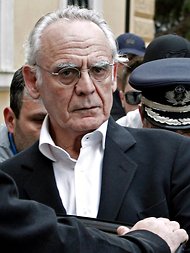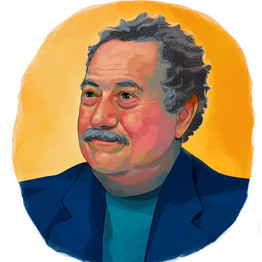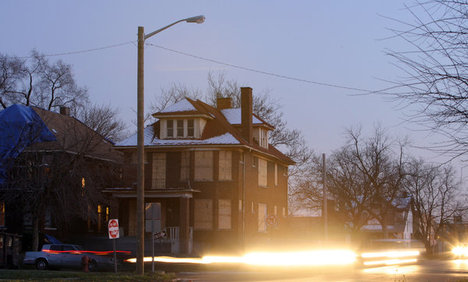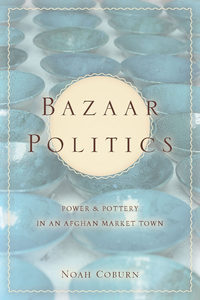(p. A2) In essence, Justice says that, beginning in 2008, several plankton, in the form of five publishers, conspired against a whale, Amazon, whose monopoly clout had imposed a $9.99 retail price for e-books.
The deal the publishers eventually reached with Apple unfixed the price of e-books by linking their prices to the cover price of the print version. More importantly, publishers could begin to reclaim the right to set e-book retail prices generally.
. . .
Apple, with 15% of the e-book market, is no monopolist. The five publishers, though Justice insists they dominate trade publishing, account for only about half of e-book sales. Crucially for antitrust, the barriers to entry are zilch: Amazon, with 60% market share, could create its own e-book imprint tomorrow and begin bidding for the most popular authors.
. . .
Let’s go back to “per se” vs. “rule of reason.” Because the 1890 Sherman Act is so sweeping and almost any business arrangement could be read as prohibited, courts understandably evolved a “rule of reason” to distinguish the permissible from the impermissible. Unfortunately, the result has been antitrust as we know it: wild and fluctuating discretion masquerading as law. Retail price maintenance alone has been embraced and dumped so many times by the courts that it must feel like Jennifer Aniston.
“Do no harm” would be a better principle for trustbusters.
For the full commentary, see:
HOLMAN W. JENKINS, JR. “BUSINESS WORLD; Washington vs. Books; What about piracy, low barriers to entry and the fact that literature isn’t chopped liver?” The Wall Street Journal (Sat., April 14, 2012): A15.
(Note: the online version of the commentary is dated April 13, 2012.)






